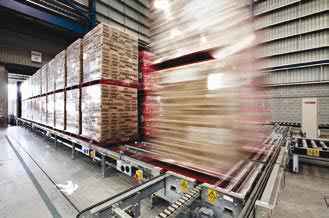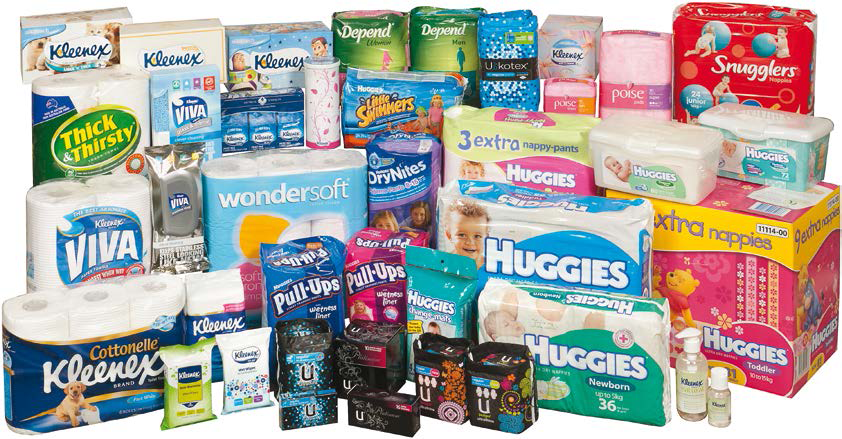BACKGROUND
Kimberly-Clark markets some of the world’s leading brands. The company holds first or second brand-share position in most of its categories in more than 80 countries, with 1.3 billion people using its health, hygiene and wellbeing products daily.
In Australia, the company has 2 manufacturing sites and 7 distribution centres, with annual sales revenue of around $1 billion. Of its 1,000 or so products, some 400 are manufactured in Australia.
SITUATION
Kimberly-Clark embarked on Project DANE (“distribution and network excellence”) to improve the footprint, velocity, efficiency and service capability of its finished goods supply chain. The project included building new warehouses on greenfield sites, as well as revamping existing facilities. The company knew poor data quality was impeding every process in its business, but not to what extent. A GS1 Data Quality Audit identified data omissions and inaccuracies (especially affecting imported products) that would severely impact on the new accelerated, integrated and automated production and distribution processes.
BUSINESS NEEDS
Efficiency
One of Kimberly-Clark’s specific objectives was to create a fast-flowing supply chain, with many components, including automated production recording, automated SSCC pallet labelling, scanning of GTINs and SSCCs, conveying, roll-on-roll-off (RORO) dock and vehicle system, and automated storage and retrieval system, together with electronic ASN messages.
diverted to a “hospital station” for manual intervention. Matthews’ solution visually highlights errors at the production point, allowing corrective action much sooner. Ensuring source accuracy benefits the entire downstream supply chain. The solution relies heavily on multiple GS1 standards.
OUTCOME
Using Matthews’ iDSnet as part of its major Project DANE, Kimberly-Clark has accelerated product flows, significantly reduced administrative steps, increased accuracy and increased productivity across its manufacturing and distribution sites.
Kimberly-Clark’s production lines are now fully automated, and Ingleburn additionally has a RORO vehicle loading system. Pallets go directly onto the RORO loading system and can be gone in 5 minutes (replacing a much longer, manual process).
The full integration Matthews did into Kimberly-Clark’s back-end SAP, automated





.png)
.png)


